One of the most innovative tooth restorative options in dentistry is dental implants. Dental implants allow patients to regain their smiles without sacrificing ease of care compared to partials, bridges, or dentures. The dental implant is an effective solution for tooth loss and is accessible to almost everyone. Understanding the dental implant process is essential when considering or preparing for your dental implant procedure.
The Dental Implant Process
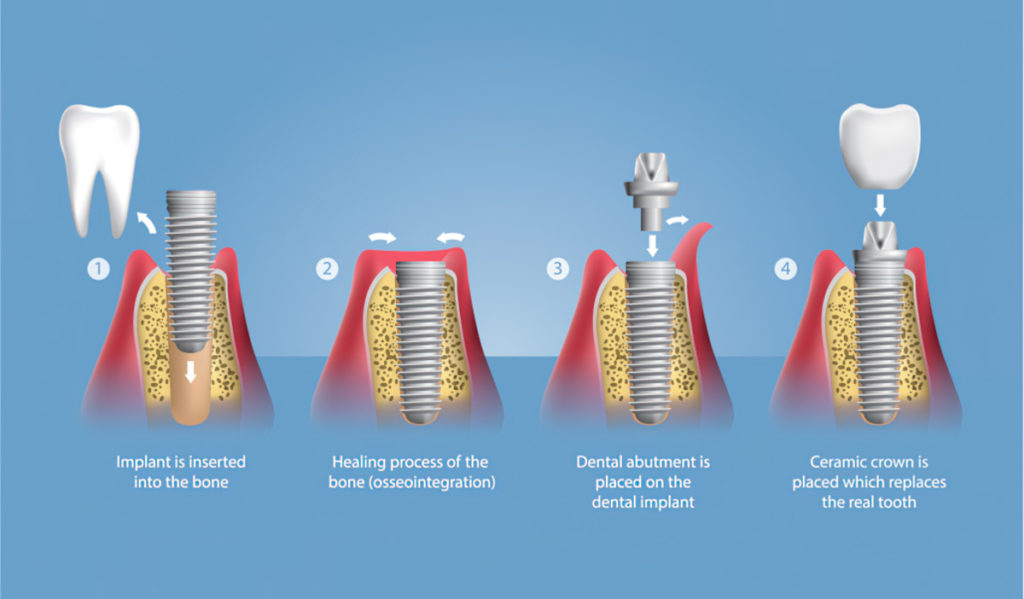
Understanding the process of a dental implant procedure will help reduce anxiety and ease any stress associated with it. There are many steps involved in a dental implant procedure, but many remain the same:
Step 1

An initial dentist appointment is needed to accurately assess what teeth can be saved, what teeth must be extracted, and what teeth will need implants. An intraoral scanner and x-rays may be used during this appointment to take impressions of your mouth and teeth.
Step 2

A tooth extraction (only if absolutely necessary) or dental filling may be recommended if you have teeth that are decayed, damaged, or rotten.
Step 3

During your visit to the dentist, your dentist will evaluate your gum and bone health. For a dental implant to be successful, your jawbone must be able to hold the implant.
A bone graft may be recommended if your dentist determines that you have significant bone loss. This will help build back up the bone and make it ready for an implant. If the jawbone is too far gone, you may need to consider another tooth restorative option.
Step 4
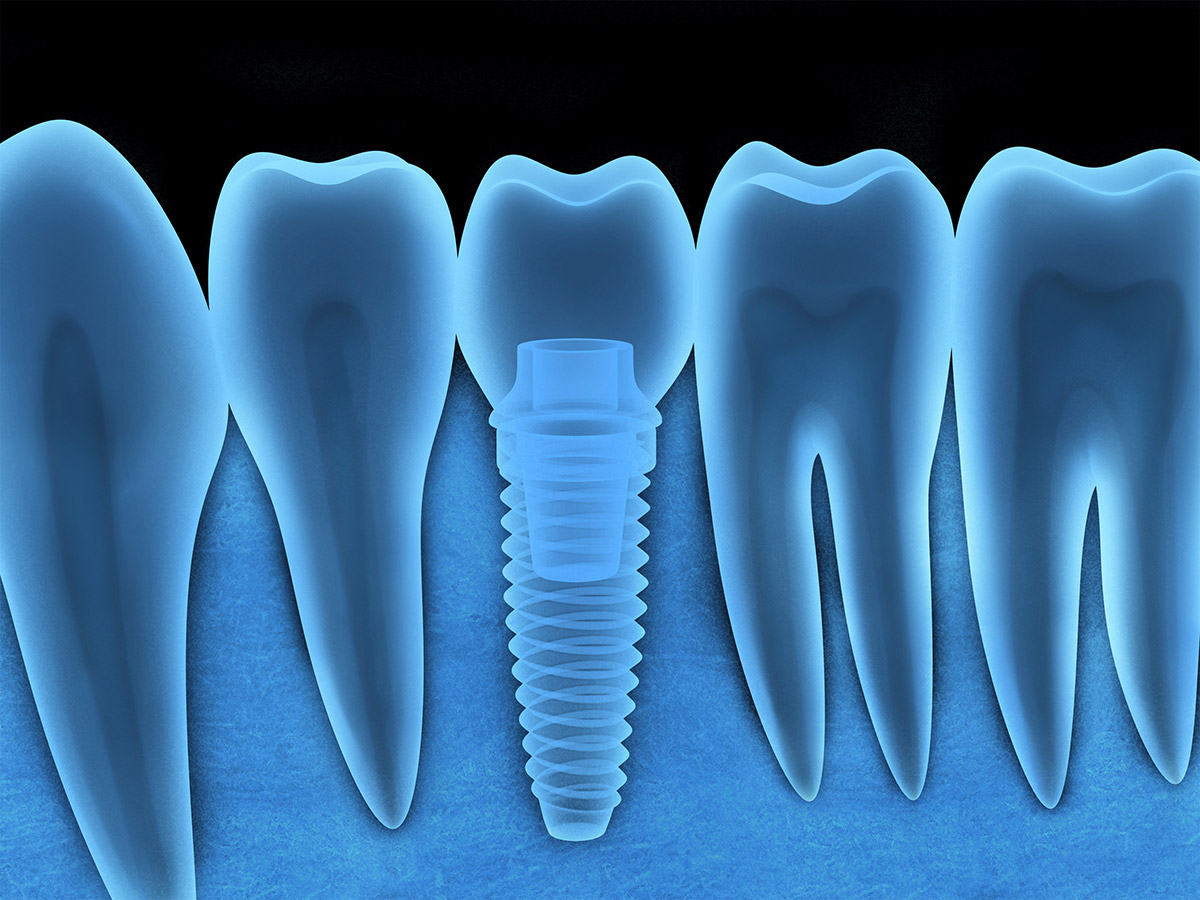
Upon completing the above steps, your dentist will schedule a date for implant placement. The implant replacement includes the dental implant, the abutment, and the temporary crown.
Step 5

It is now time to begin the healing process. A process called osseointegration occurs during this time, in which the implant bonds to the jaw bone. Upon completing this process, your dentist will schedule a final appointment to attach the final restoration (crown) permanently.
Types of Dental Implants
Here are the most common types of dental implants
Endosteal Implant
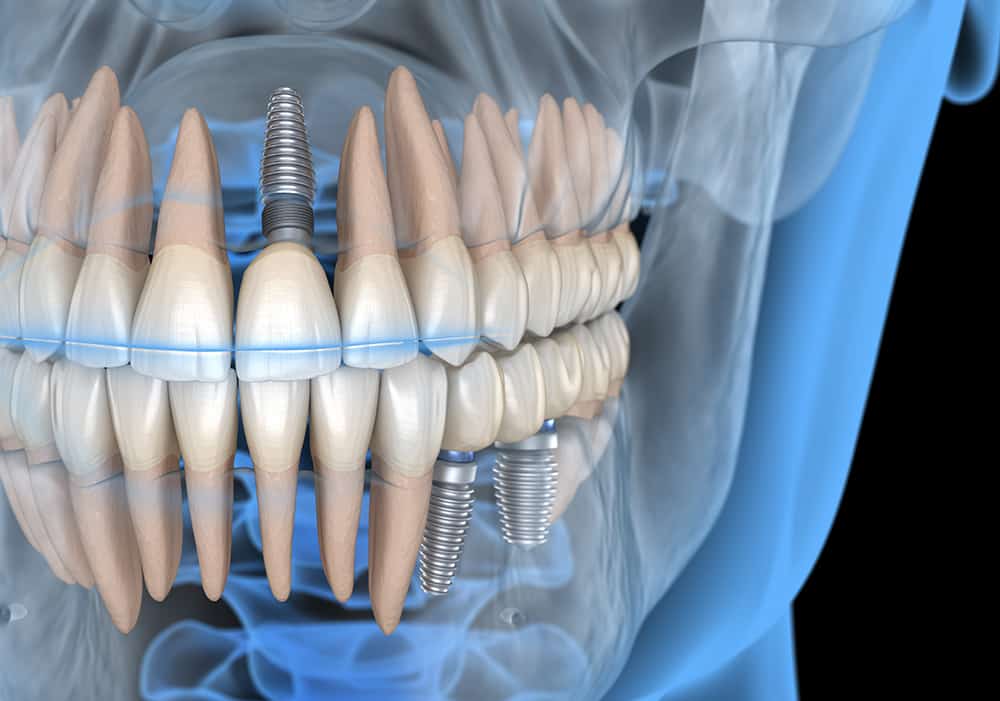
The most common and safest of the three procedures, the Endosteal implant, uses your jawbone to anchor screw-like implants and allow them to heal and take root.
The healing process is between 4-6 months.
Subperiosteal Implant
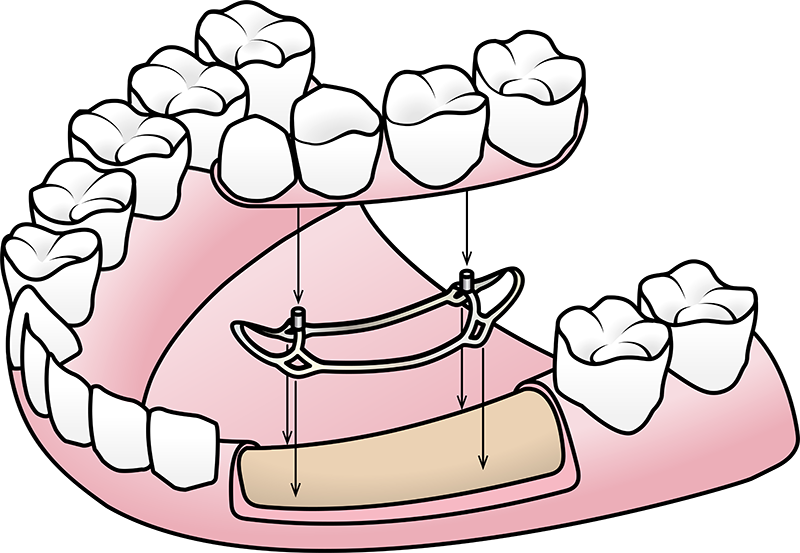
A subperiosteal implant will rest on top of your jawbone and under your gums. A metal frame will be placed under the gums with false teeth attached.
Approximately 1-3 months are needed for this healing process.
Zygomatic Implant
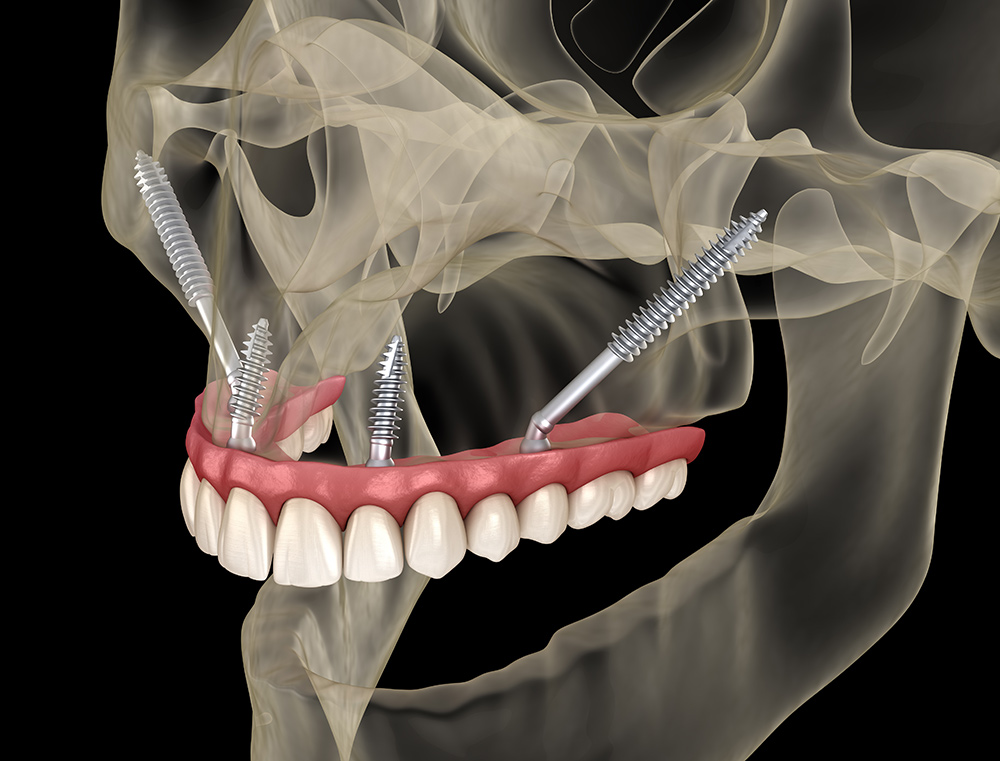
Zygomatic dental implants can last up to 12 years after surgery and heal in 2-4 months. Instead of going under your gums or into your jaw, these implants will be secured into your cheekbones.
Dental implants are an excellent tooth restorative option for those suffering from tooth loss. In addition, a better understanding of a dental implant helps ease the anxiety that may come with the procedure.
For any questions, do not hesitate to contact your dentist.




0 comments on “The Dental Implant Procedure”